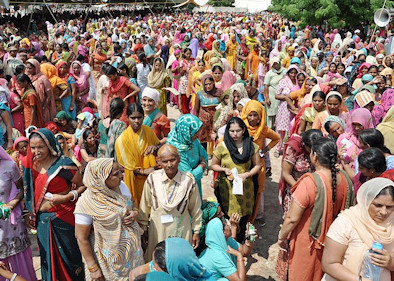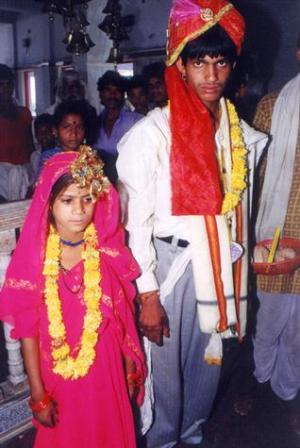|
restoring our biblical and constitutional foundations
|
Introducing India
When you think of India, what comes to your mind? Poverty? The British East India Company? Gang rapes? Beautiful red and gold temples? Taj Mahal? Slavery? Curry? Masses of people? Gandhi? Mother Teresa? Elephants? Amy Carmichael or William Carey?
As the Lord has laid the people of India upon our hearts, we’ve discovered many things about this land.
India is the 2nd most populous country in the world. China has 1.3 billion people; India has 1.2 billion. (Compare this to 315 million in USA, and 85 million in Ethiopia.)

This means that in India there are 954 people per square mile, compared to 84 people per square mile in USA, and 173 per square mile in Ethiopia. Of the approximately 200 countries in the world, only 21 have a greater population density than India.
The economy of India is the 3rd largest in the world, after USA and China. Mass production and a change in political orientation have caused this. This economic growth has done little for the masses, but has developed a select middle-class and upper-class. Those who leave India for the USA are coming from the upper-classes, having received advanced education in Europe or the Middle East.
According to the World Bank, 1/4th of India’s people live on less than 60 cents per day, 1/3rd are below the international poverty line of $1.25/day, and 2/3rds are living on less than $2/day.
This rate of poverty is worse than most of Africa. In fact, 8 Indian states have more poor people than the 26 poorest African nations combined!
One out of every 3 malnourished children in the world is found in India; almost 60% of Indian children are stunted by malnutrition. In sub-Sahara Africa, 24% of the children are underweight; in India that rises to a staggering 47%! According to UNICEF, 2.1 million children under the age of 5 die each year because of malnutrition. That’s 4 every minute.
40% of the world’s child marriages (about 4 million/year) take place in India. Indian girls as young as pre-puberty are often sold into marriage. This custom is not only in accordance with rural tradition, but it is often economically necessary for the very poor population.

An estimated 25% of girl babies in India are killed by selective abortion or infanticide. Girls are a financial loss to the family; they represent a dowry that must be paid, and they do not bring economic prosperity to the family. As such they are discarded early.
Human trafficking and enslavement is rampant in India. By some estimates, child labor is more pronounced in India than in any other place on earth. Child slavery factories make many of the goods sent to the stores in the USA. Often their work is dangerous, like the production of fireworks, or the using of acid in metal work. Sometimes they are chained in place for their work in isolated rural areas. Parents sell their children in order to free themselves from debt; often the whole family is bonded into labor camps indefinitely due to debt.

The caste system of social order was introduced to India with Hinduism. Since the 1980s the caste system has been a major point in Indian politics. A mentor of Gandhi wrote to him:
The Out-caste is a by-product of the Caste system. There will be outcastes as long as there are castes. Nothing can emancipate the Out-caste except the destruction of the Caste system. Nothing can help to save Hindus and ensure their survival in the coming struggle except the purging of the Hindu Faith of this odious and vicious dogma.
About 16% of India’s population is of the lowest caste, the “untouchables” that perform the yucky jobs of handling the dead, cleaning human waste, sweeping streets, etc. These cannot touch, share water sources, eat together, or in any way associate with the other castes, but through affirmative action laws and humanitarian efforts, their literacy and influence upon Indian life has increased dramatically.
The Dalits (“untouchables”) compose about 70% of the church in India. However, especially in the Catholic/Orthodox church of the south, they have little leadership role. Even within the historic, established church, the caste system is displayed.
The power of God to save through the Gospel of the Lord Jesus came to the people of India shortly after the resurrection of Christ. Tradition says that the Apostle Thomas (yes, “Doubting Thomas”) travelled to the southern region of India with the Gospel; the Catholic/Orthodox church of today is the result of this witness.
Around 1500, colonial powers brought Christianity, mixed with economic ventures.
However, despite hundreds of years of “influence” by European countries, the number of Indians who claim any sort of relationship to the Savior is a measly 2%!
Persecution against Indian Christians comes in the form of murders, economic discrimination and burnings. During 2012, there were 135 reports of violent persecutions; many other situations were not reported due to fear of reprisals. The growing hostility of Hindu nationalists is of particular concern.
(Next essay: "Looking at Hinduism.")
February 3, 2013